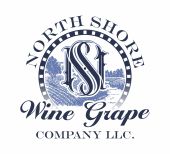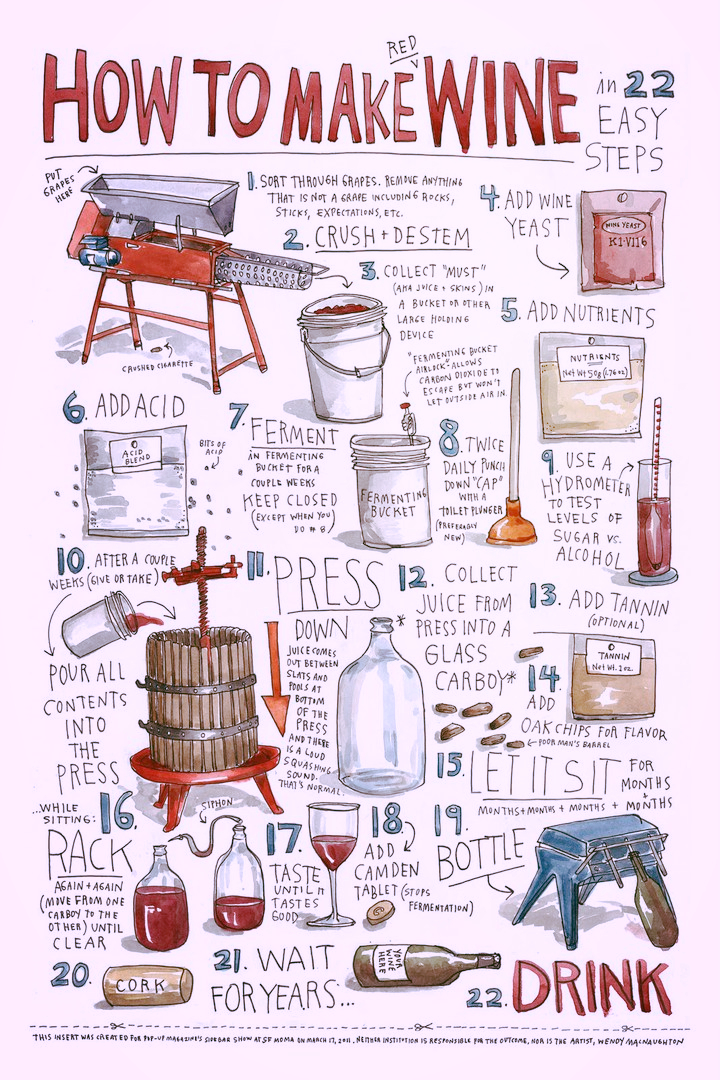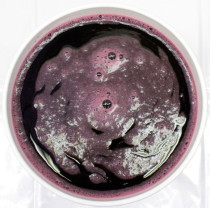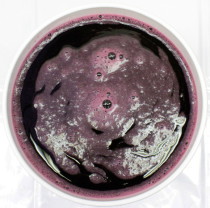Let us help you........
How its made from our Juice
Very important: Please make sure that all equipment is CLEAN & STERILIZED.
**** 76 degrees (F) is recommended for highest quality fermentation. ****
These instructions are a GENERAL guide for making wine from our juice. The timing of the stages listed below influence the outcome of the fermentation. The most accurate way to determine when to move
to the next stage is to take a Specific Gravity (S.G.) reading with a hydrometer. Waiting until proper readings have been reached will ensure proper fermentation.
Equipment Needed: Primary fermenter- food grade plastic bucket with lid and vent, stirring spoon, hydrometer, siphon tubing kit, packet of yeast, 6-gallon carboy or damigiane, airlock and bung.
STAGE ONE- Primary Fermentation
Day 1 Mixing: Carefully remove the bucket lid by removing safety seal and pry off the lid. Stir the contents gently. Prepare the yeast according to the package directions and gently stir into the
juice. Measure and record Specific Gravity to establish a fermentation starting point. ** Place primary fermenter with lid lightly on and in an area that is between 70-80 degrees Fahrenheit.**
Day 2–10: Stir gently twice daily for 5 minutes. Continue to monitor the yeast activity (bubbling, foaming, etc) that is most active in this stage. Check and record the Specific Gravity (S.G.)
readings. Readings decrease as sugar converts into alcohol.
STAGE TWO: Secondary Fermentation
Day 11–20: Check S.G.: if below 1.020 transfer mixture (rack) to secondary carboy and fit airlock. Although yeast activity will slow, the fermentation process will continue in this phase.
Day 20 – 30: check S.G. if 0.990-0.996 it will be dry, if 1.000 it will be a medium wine, if 1.002 – 1.006 it will be a sweet wine. Allow fermenting longer if needed for desired dryness. You should
taste the wine at this stage to find the dryness or sweetness that you desire. When the wine is ready, proceed to stabilization. Remember temperature controls the rate of fermentation, cool
temperature may extend days required for fermenting your juice or stop the process prematurely leading to problem wine.
STAGE THREE: Stabilizing
Transfer wine (racking) to the STERILIZED plastic bucket. Add potassium sorbate and potassium metabisulphite, according to measurements indicated on the packaging, into the wine and stir (Note:
further fermentation will not occur after this step). Stir three times for ten minutes each, allow to rest several minutes between stirrings to de-gas the wine before final stabilizing and clearing.
STERILIZE carboy and refill with stabilized wine to the top (it is essential to fill the carboy to the top with no room for air), fit airlock and place in a cool area. Airlock should fit securely
(airtight)
STAGE FOUR: Aging / Bottling
Store the wine in a dry, cool place for 35 to 45 days to allow further stabilization. You should notice the wine clearing and sediment collecting on the bottom of the carboy. Repeat the racking
process several times every 30-45 days to achieve maximum clarity if desired. At this point, you may also consider clarifying agents (Sparkaloid or Bentonite) if the wine is still cloudy, or aging
materials like oak chips to add astringent oak flavor. When wine is clear, it is ready for bottling. Make sure bottles and closures are clean and sterilized. Filtering your wine is an option,
although recommended. Please feel free to contact us with any questions.
Suggested recipe blends
Rose:
- We recommend making Rose type of wine from Barbera, Merlot, Zinfandel, and Grenache.
- You could also blend in 5% of Muscat of Alexandria for extra dimension and flavor.
Robust Red Blends:
- 25% Carignane + 25% Zinfandel + 25% Alicante Bouchset + 25% Petite Sirah
- 50% Syrah + 50% Petite Sirah
- 75% Cabernet Sauvignon + 25% Merlot
- 60% Ruby Cabernet + 20% Carignane + 20% Zinfandel
- 50% Alicante Bouschet + 25% Barbera + 25% Petite Sirah
- 1/3 Tempranillo + 1/3 Syrah + 1/3 Zinfandel
Fruit Forward/Lighter Red Blends:
- 25% Grenache + 25% Zinfandel + 25% Alicante Bouschet + 25% Muscat
- 40% Granache + 40% Sangiovese + 20% Zinfandel
- 50% Zinfandel + 50% Barbera
- 50% Alicante Bouschet + 50% Grenache
- 15% Grenache + 15% Alicante Bouschet + 35% Carignane + 35% Zinfandel
- 70% Merlot + 25% Cabernet Sauvignon + 5% Grenache
White Blends:
- 50% Sauvignon Blanc + 40% Chenin Blanc + 10% Malvasia
- 50% Chenin Blanc + %50 French Colombard
- 70% Chardonnay + 20% French Colombard + 10% Viognier
- 1/3 Pinot Grigio + 1/3 Muscat Canelli + 1/3 French Colombard





